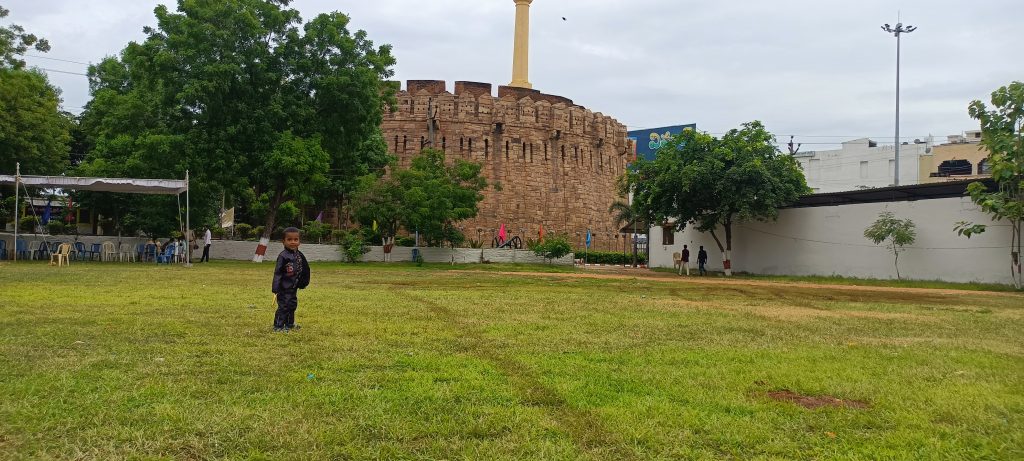Context:
The Konda Reddi tribe’s indigenous knowledge of the Indian laurel tree.
More on news
• The indigenous knowledge of the Konda Reddi tribe, a Particularly Vulnerable Tribal Group inhabiting the Papikonda hill range in the Godavari region, has proven resourceful.
- The Papikonda Hill Range is an unbroken chain of rugged hills and plateaus that form one end of the Eastern Ghats.
• The Andhra Pradesh Forest Department authorities cut the bark of an Indian laurel tree (Terminalia tomentosa) found in the Papikonda National Park to learn that the tree indeed stores water, particularly in the summer, as claimed by the tribe.
- Papikonda National Park established in 2008 is a renowned wildlife sanctuary located in the East Godavari and West Godavari districts of Andhra Pradesh, India.
Konda Reddi Tribe
- It is a particularly vulnerable tribal group (PVTG) in the states of Andhra Pradesh and Telangana.
• The Konda (or Hill) Reddis of Andhra Pradesh are one of the tribal groups which depend to a great extent on slash-and-burn cultivation.
- Slash-and-burn cultivation method of cultivation in which forests are burned and cleared for planting.
- Traditionally the Reddy belongs to the fourth of the Hindu Varnas, sudra. One section of the Reddy is called Kapu which means guardian.
- The Reddy people allow cross-cousin marriages. They do not allow a widow to remarry.
- They deeply understand their environment, having lived in harmony with the forests for generations.
Particularly vulnerable tribal group (PVTG)
- In 1975, the Government of India created a separate category (on the recommendation of the Dhebar Commission (1973) for more vulnerable tribal groups called particularly vulnerable tribal groups (PVTGs) out of Schedule Tribes and declared 52 such groups, while in 1993 an additional 23 groups were added to the category, making it a total of 75 PVTGs.
- Among the 75 listed PVTGs, Orissa has the highest (13) number of them.
- The PVTG of Sahariyas has the highest population whereas the PVTGs of Sentineles and Andamanese have the lowest population.
Indian laurel Tree
- It is also known as Indian Silver Oak, the timber of the Indian laurel (Terminalia tomentosa) has great commercial value.
- It is mostly found in Southeast Asia and Chinese regions.
- It improves soil fertility, provides shade for crops and is a valuable fodder for the Konda Reddi tribe.
- During parched summers, the Indian laurel tree stores water that has a strong smell and tastes sour it is an amazing adaptation observed in trees of the Indian forests.

